How to Use A Wood Kitchen Ceiling To Transform Your Design
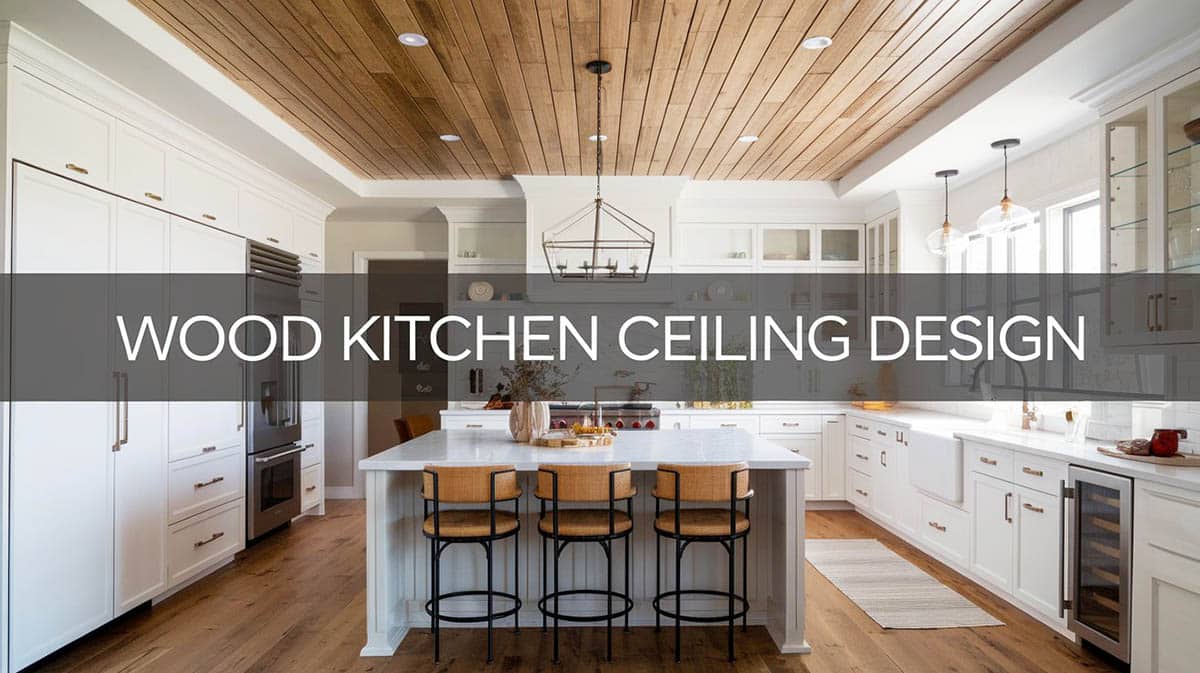
Want to spice up the look of your kitchen? How about adding wood to your kitchen ceiling to give it a fresh new look? Using wood on your ceiling adds more texture and depth, giving any space a warmer, more rustic appeal. Depending on the look you want to achieve, there are many different styles and varieties of wood you can use on the ceiling.
Wood Ceiling In Kitchen Designs
The wood used on a ceiling application is similar to the styles and varieties used for wall panelings, such as:
Wood planks – these are usually solid wood planks in a variety of thicknesses and widths according to your preference. It has straight edges and is usually butt-jointed and reinforced by screws or finishing nails.
Shiplap – traditionally used for siding/cladding, shiplap ceiling boards have a rabbet groove at the top and bottom, allowing you to overlap the boards. The rabbet results in a small groove in between boards and is also the defining feature of shiplap boards
Tongue & groove – these boards usually have smaller grooves because the pieces “snap together” like puzzle pieces. Tongue and groove ceilings often use pine, other more exclusive choices are cherry and cypress wood.
Beadboard – this type of board is also usually joined with a tongue and groove connection, but is identified from other boards through its “ridge” or bead-like indentation. Beadboard ceilings are often used to give a room layout a traditional or cottage style.
Wood selections for ceilings offer a large variety of wood species for solid wood and also come in synthetic alternatives such as laminates, vinyl, PVC or fiber cement. You need to consider different factors before you decide on the type of board and material you will have to use overhead.
Here are some important factors you need to consider:
Ceiling load capacity – if the existing ceiling is made from gypsum board and metal furring framing, make sure it will be able to hold the weight of the material you are applying. The same goes for other materials, you need to make sure it has enough frames/supports to hold your boards together
Moisture – try to steer away from wood composite materials/mdf substrate materials when applying to areas with considerably high moisture to avoid warping. Check for any leaks, especially if there’s a bathroom above it
Look and Feel – find a material that matches the look you are going for! Ceiling planks that are made from solid wood or fiber cement can usually be painted. But also consider if they have pre-finished/painted options, as this might save you labor costs. However, laminated materials and PVC are usually installed as it is. Check the manufacturer’s instructions for your material of choice before you decide to paint to make sure you are using the right type of paint.
The cost of wood ceiling varies depending on the material used. Typically, a solid wood ceiling could cost around $1.50 per square foot for the materials, and another $2-$3.5 per square foot for professional installation. Price would vary depending on the chosen material.
For more types of ceiling designs check out our gallery page.

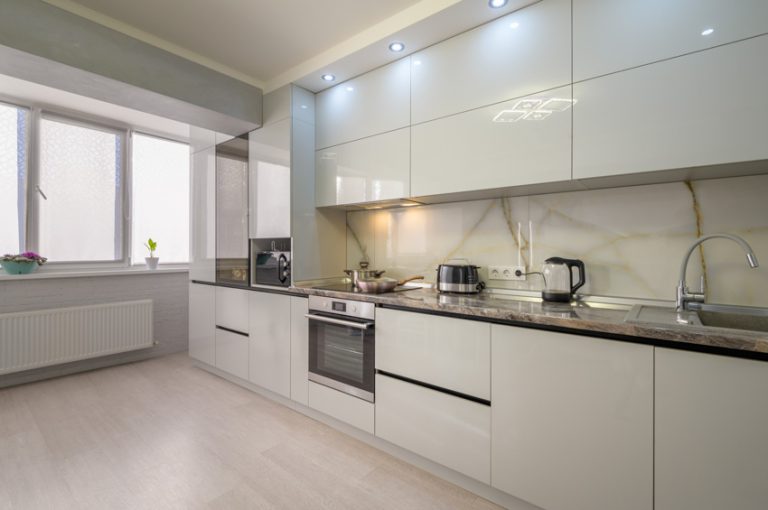
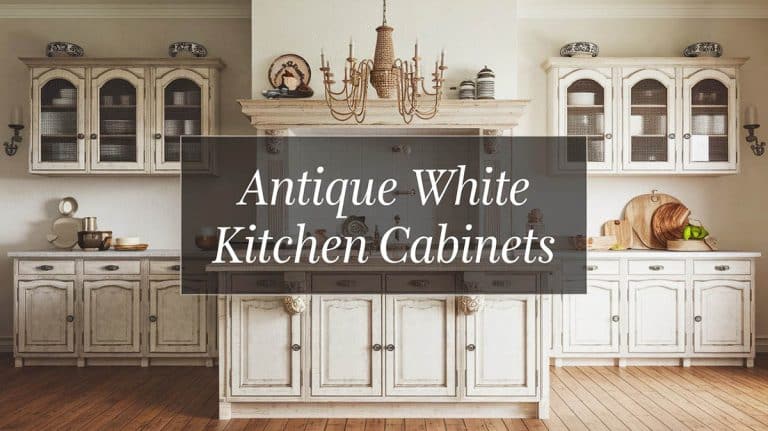


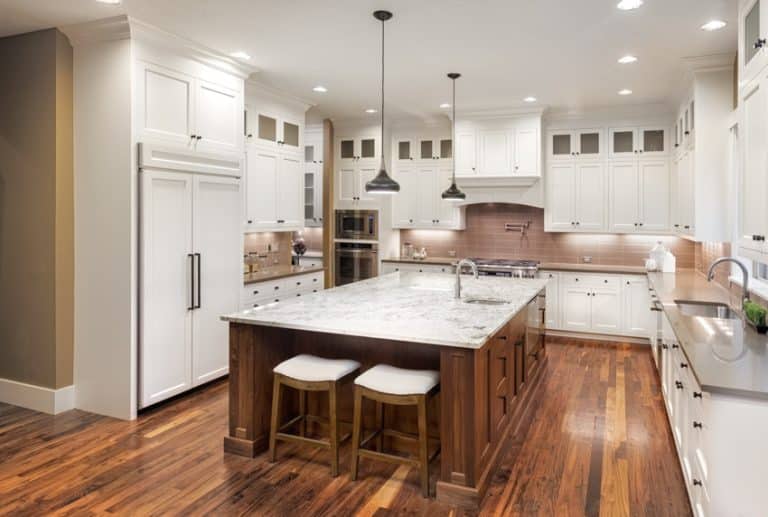
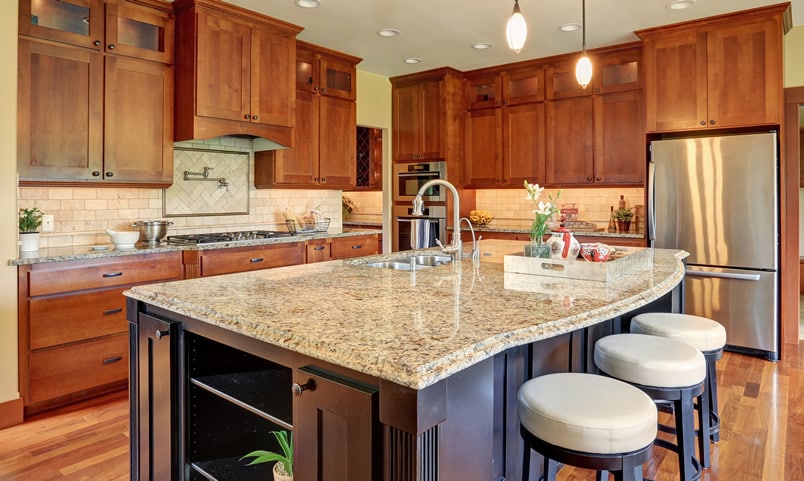
How do you decorate a kitchen that has tongue and groove on the walls and ceiling